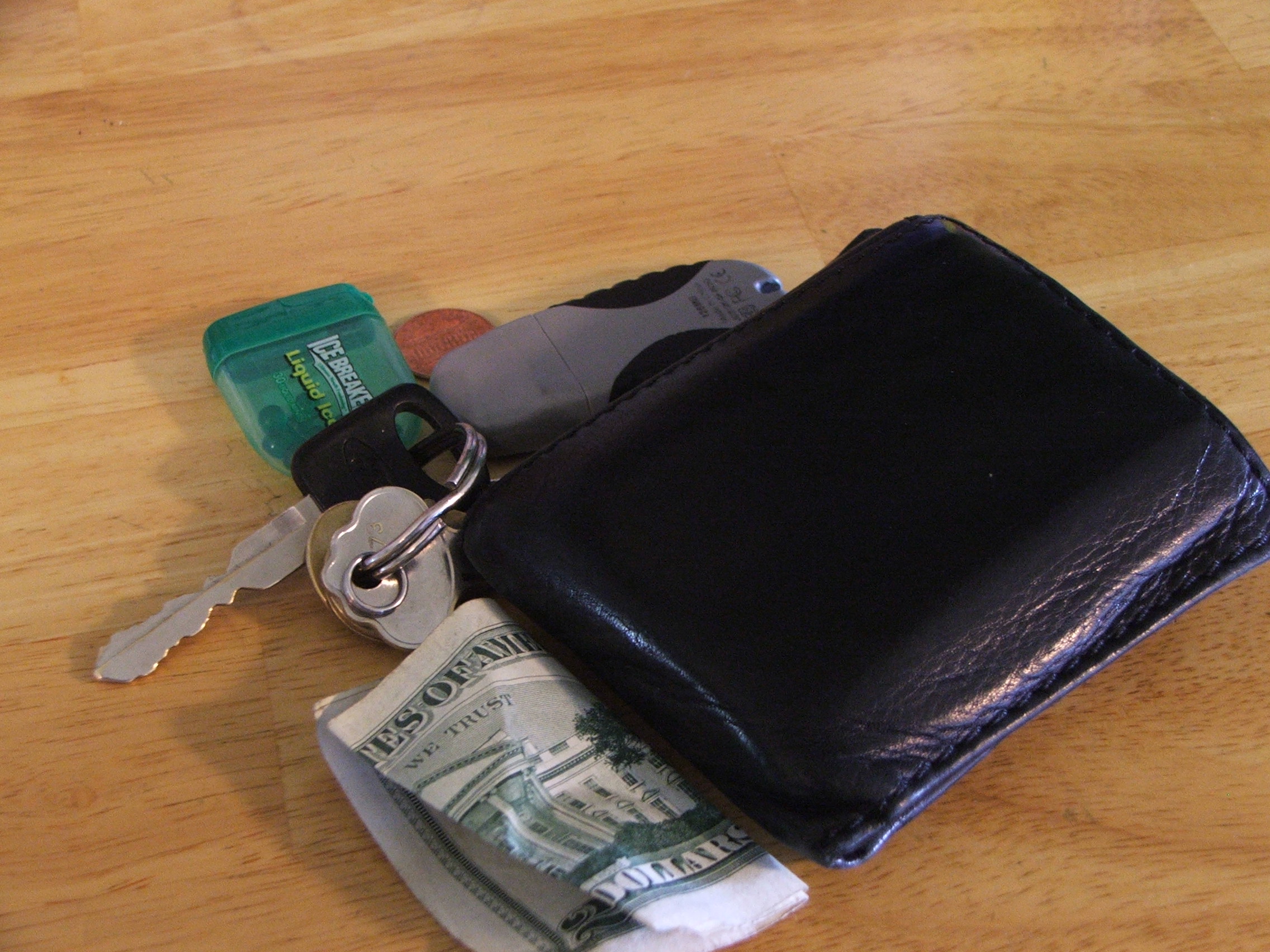
12 Sep How to conquer overspending
Photo: ronnieb/morguefile.comQ. I overspend. It’s simple. Each month I run out of money and then end up using my credit cards. I know I have to make changes. Can you give me some tips? I’ve tried using a budget but my life never seems to stick to it.
— Want to change
A. We’re so glad you’ve admitted you have a problem with spending. That’s the first step to finding a real solution that works.
Budgets are the diet of the financial world, and they can be just as hard to stick to – especially when it feels like they deny you the ability to enjoy the money that you work so hard to earn and it feels like punishment, said Claudia Mott, a certified financial planner with Epona Financial Solutions in Basking Ridge.
“When it comes to dieting, success is often a result of making a few changes to old habits and this concept can also help you modify your spending,” she said. “The most important thing to keep in mind is that this is a process and it may take some time to reach your goals.”
Mott’s first tip is that you should find a tool and use it.
“Before you can set a goal to change your spending habits and wean yourself off your credit cards, you need to understand where your money goes,” she said. “There are apps that you can use on your phone, online or installed on your computer—some are free, others have a fee to use or download.”
What’s most important, she said, is that you find the tool that’s right for you. Ask yourself, “How much time can I spend on this?” and, “Will I reliably enter every dollar I spend or do I need the tool to do that?” and “Do I need a lot of reports or will a graph or two help me visualize my spending?”
Mott said an app like Mint.com connects to your bank and credit card accounts and categorizes most of your transactions every time you log on, making it easy to see where you’ve spent your money.
Then there’s a computer-based tool like Quicken, which requires more hands-on time to download the transactions and put them into categories.
Or you can try software like You Need a Budget (YNAB), which has a very user-friendly step-by-step process to help you determine where your dollars go, Mott said.
There are plenty of other tools out there. Look around.
Next, it’s time to understand the differences in your expenses.
With a few months of information on your expenses in hand, you can break them into two large categories: the “must-haves” and the “like-to-haves.”
“The dollars we spend on rent or a mortgage, utilities, insurance, gasoline, and groceries are non-discretionary — we can’t live without them and therefore enough needs to be set aside each month to cover them,” Mott said. “On the other hand, the money spent on dining out, entertainment, clothing and vacations are examples of discretionary expenses — they are not essential but they make life more enjoyable.”
The discretionary expenses are the categories that may be hard to control, but are the easiest places to make changes, Mott said.
Next, know your cash flow.
When you subtract your non-discretionary expenses from the total income you receive each month, you will have a number that represents your cash flow, Mott said.
“These dollars are what you have available to fulfill your savings goals and to pay for the fun things in life,” she said. “When you compare what you’ve actually spent on discretionary categories to the cash flow that is available, it will give you an understanding of where you may need to pare back.”
This will be how you can decide where and how much of those extra dollars you want to spend each month. For example, if dining out is important, you may need to pass on the new outfit or vice versa.
Then it’s time to set your goals.
“You might want to save for a big purchase or a special vacation, or plan to eat out one night a week. These are the goals that you need to work into the spending plan for the extra cash flow that you have,” Mott said. “Without a target to aim for, you won’t be able to measure your success or make adjustments when things are going quite right.”
Next, put your credit cards away.
Adjusting your spending to the limits of your available cash flow may take some time and it may make it easier if you take your credit cards out of your wallet and leave them behind when you are out, Mott said. If the cards continue to beckon, give them to a friend for safekeeping, put them in a safe deposit box or freeze them in a block of ice.
That leaves you to use cash.
Mott recommends you give yourself a cash allowance each week or month to cover the non-essential expenses you’ve planned for and recognize that when it’s gone you can’t make any additional purchases.
“The allowance concept will really put you in control of where you choose to spend your discretionary dollars,” she said. “For essential items such as gas and groceries, you can use a debit card to withdraw directly from your bank account, knowing that you’ve left enough in the account to cover these before you withdrew your allowance.”
Email your questions to .
This post was originally published in September 2017.
NJMoneyHelp.com presents certain general financial planning principles and advice, but should never be viewed as a substitute for obtaining advice from a personal professional advisor who understands your unique individual circumstances.
